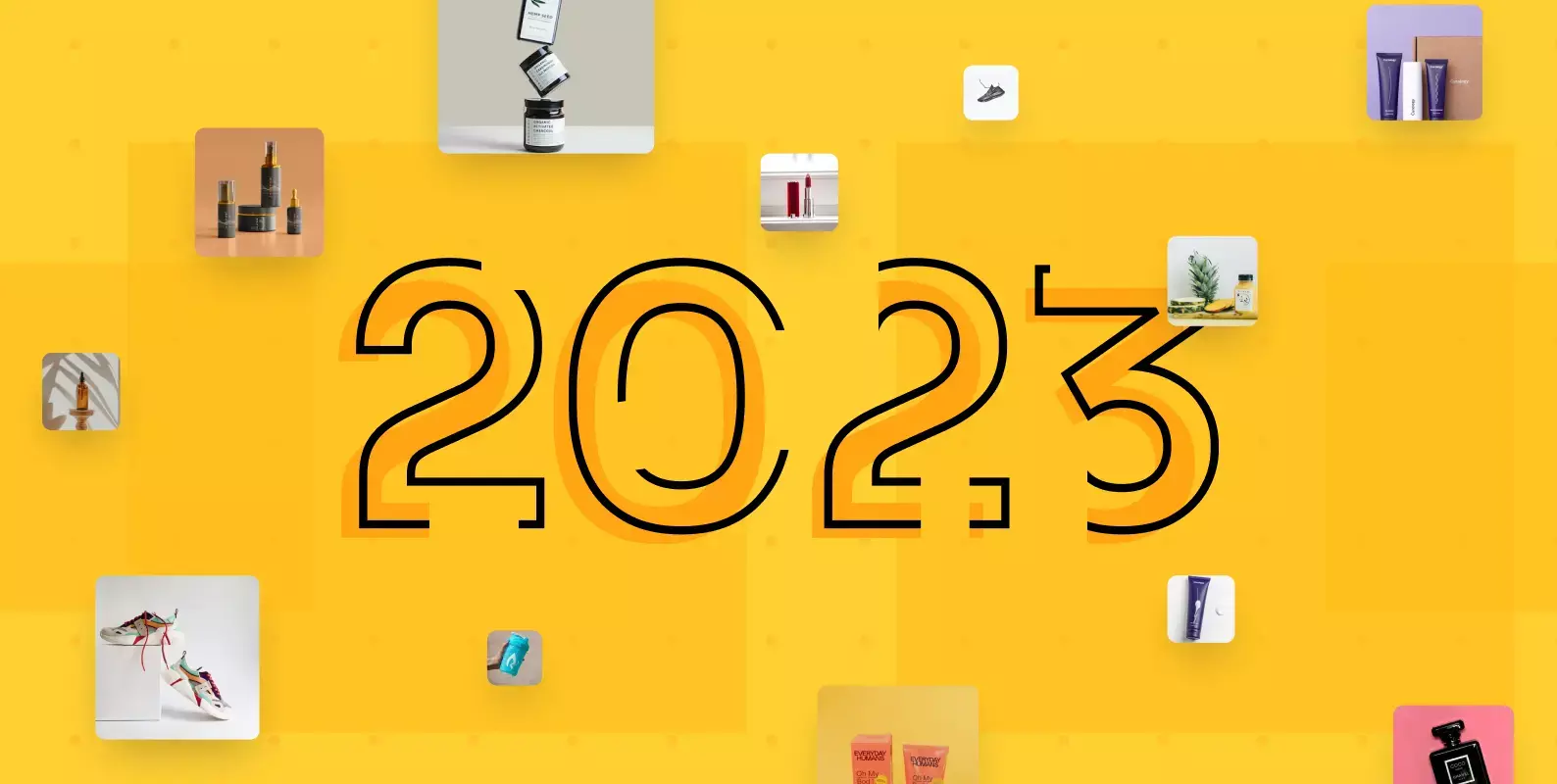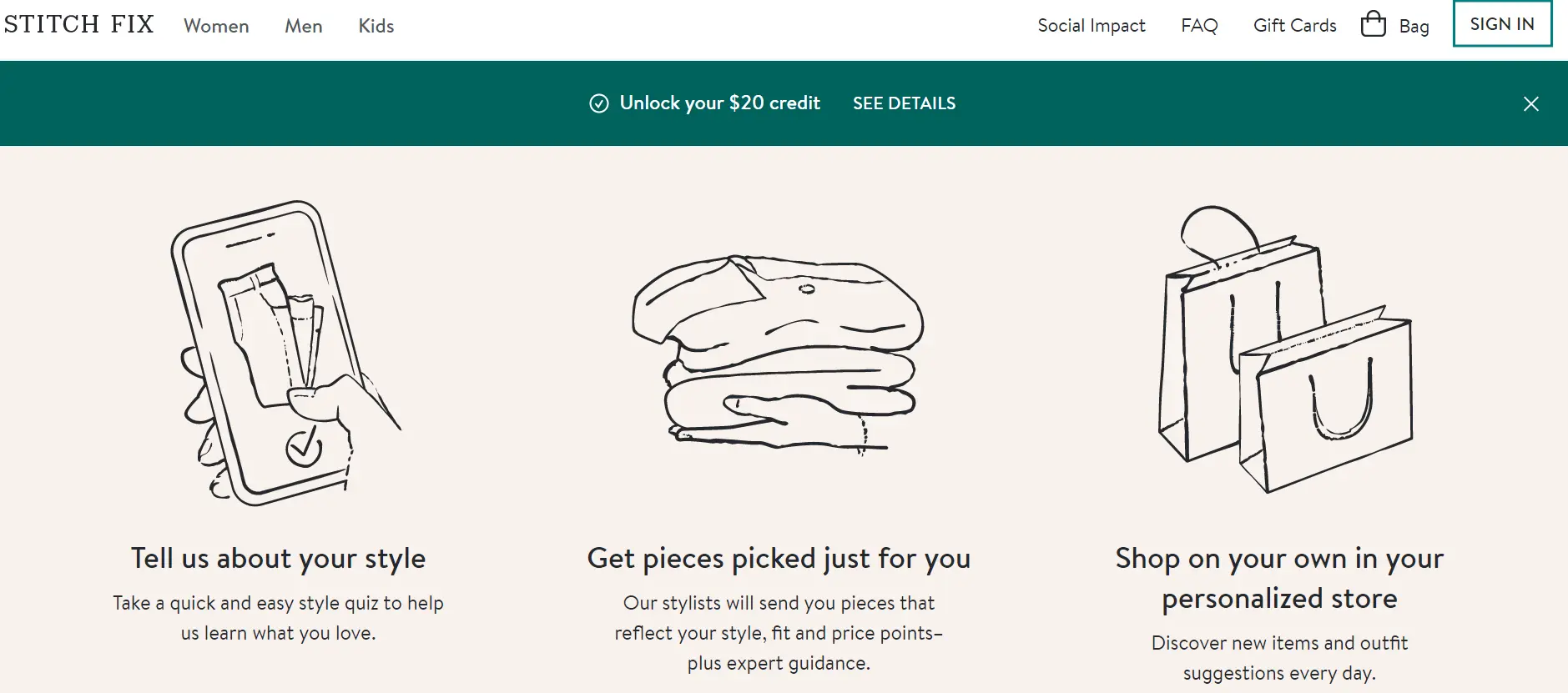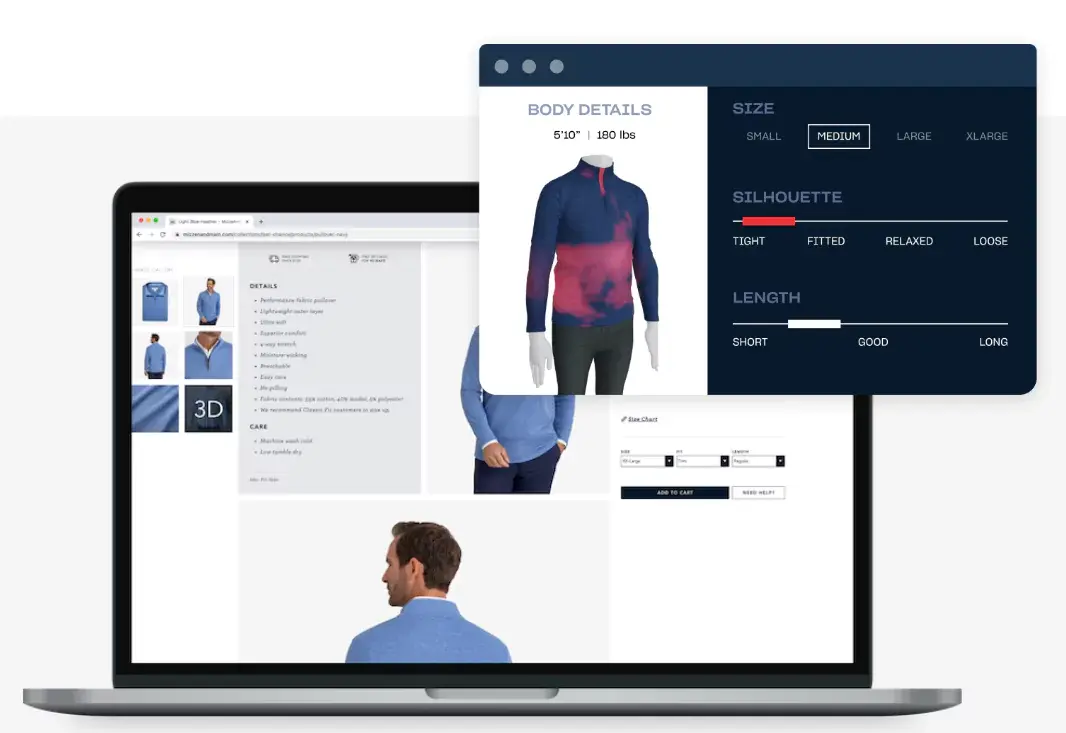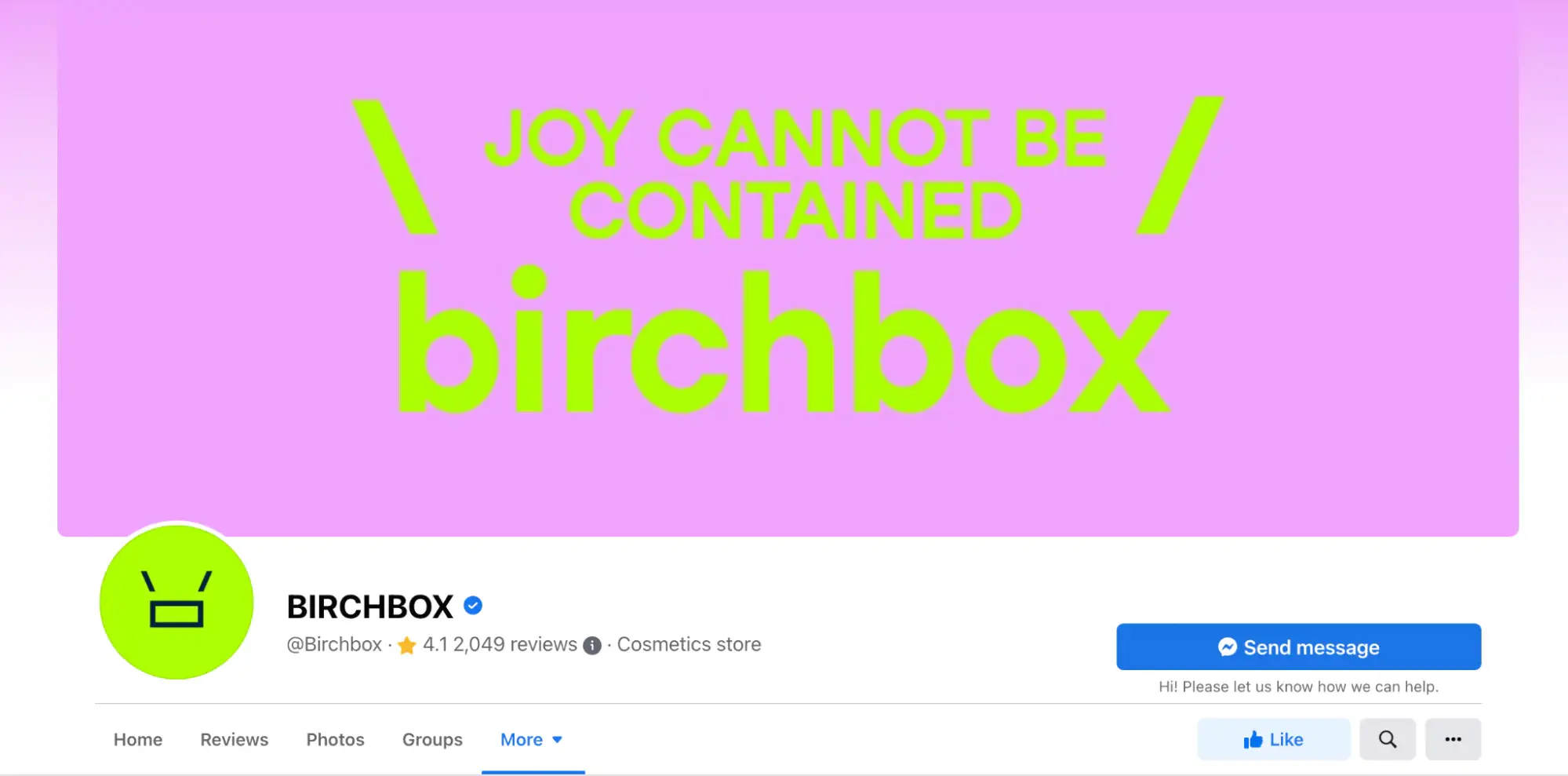Businesses must adapt and change their strategies to keep up with evolving customer behavior, such as personalization and subscription-based models. Understanding these trends can give businesses a competitive edge in the marketplace.
D2C models, in particular, allow brands to bypass traditional retail channels, giving them more control over the customer experience and enabling them to build stronger, more direct relationships with their customers. In 2023, it is predicted that native D2C brands will reach $44 billion in sales, and established D2C brands will reach $138 billion in sales.
In this blog, we will delve into the key trends that are shaping the future of ecommerce and how they can be integrated into your business strategy to drive DTC growth and success. By staying informed and adapting to the latest trends, businesses can ensure they remain relevant in the ever-changing digital landscape.
Customer experience will evolve beyond purchasing
As we move into 2024, customer experience for Direct-to-consumer (D2C) retail will continue to be a crucial aspect for the success of the business. In a highly competitive and packed D2C space, customers are able to interact with brands in ways that were previously impossible or impractical. As a result, it’s becoming increasingly important for D2C brands to have a truly exceptional approach when it comes to customer interactions with their products or services.
Personalization, post-purchase experience, community building, and the use of virtual and augmented reality are just some of the ways that D2C brands can enhance the customer experience. Brands that invest in providing exceptional customer experiences will have a competitive edge in the marketplace. It’s essential for D2C retail to understand the evolving needs and expectations of their customers in order to stay relevant and build long-lasting relationships.
The following are D2C trends that will redefine business landscapes in 2024:
1) Recession-proofing with retention
As we move into 2024, a recession is looming and competition in the D2C space are becoming increasingly fierce. It can be difficult for brands to grow and succeed in such an economic environment. However, there is a way for D2C brands to win in 2024: retention.
Retention is the key to recession-proofing your D2C business. By focusing on keeping customers and using a loyalty program, brands can ensure that their customers will save up to buy from them. This not only helps to lower the costs of acquiring new customers, but also helps to grow the business on its own, and build real, long-lasting relationships that will last through uncertain times.
When we examine the high-end luxury market, we notice that customers save for a very long time to afford the items they desire. They’ll still be picky, but that’s about all. D2C brands can guarantee that they are the ones that customers save up to buy from by focusing their efforts on retention and creating strong relationships with customers.
(Continue reading: Strategies to Increase Customer Retention with Email & SMS Marketing)
2) Focus on customer lifetime value over conversion rate
Customer lifetime value will evolve from a “good to see” metric to a “must track” one in the D2C market in 2024.
We can all agree that the price of attracting new customers is on the rise, therefore it makes sense for brands to concentrate on keeping their existing customers happy in order to maximize profits. As a result, companies are starting to prioritize customer lifetime value over conversion rate.
Customer Lifetime Value (CLTV) is a metric that measures the value of a customer to a business over their lifetime. It takes into account various factors such as traffic, conversion rate, purchase frequency, average order value, customer retention rate, customer acquisition cost, and gross margin.
By focusing on CLTV, D2C businesses can understand the customer journey better, which in turn allows them to optimize their marketing and sales efforts to increase customer retention and lifetime value. Additionally, it also helps businesses to identify which customers are most profitable and to allocate resources accordingly.
3) Rise of Artificial Intelligence
Artificial Intelligence (AI) is revolutionizing the way D2C brands interact with customers. AI is now being used to create art and write copy, providing a more personalized and engaging experience for customers. Additionally, AI is being used to make shopping more immersive by using virtual reality (VR), augmented reality (AR), and AI technologies.
These technologies allow D2C brands to use a shopper’s activity, purchase history, taste, and demographic profile to make new and more personalized recommendations. This not only makes the shopping experience more enjoyable for customers but also helps D2C brands to understand their customers better and provide them with a more personalized experience.
AI is also being used to create chatbots and virtual assistants that can interact with customers in a more human-like way.
4) Hyper-personalization
Hyper-personalization refers to the use of data and technology to deliver highly personalized experiences to customers. This can include personalized product recommendations, tailored messaging, and one-to-one interactions through chatbots and virtual assistants.
D2C brands are using various data points such as browsing history, purchase history, demographic information, and even social media activity to understand their customers better and deliver highly personalized experiences.
One example of a D2C brand that utilizes hyper-personalization in its email marketing strategy is the clothing brand, Stitch Fix. They use data on their customers’ preferences, purchase history, and body measurements to create personalized styling recommendations and send them to customers via email.
d2c-trends-hyper-personalization-like-stich-fix
(Continue reading: Hyper Personalize your Emails with Real-Time Behavioral Data)
5) Acquisition through advocacy
Acquisition through advocacy is an effective strategy for Direct-to-consumer (D2C) brands looking to acquire new customers at a lower cost. This strategy involves utilizing your most loyal customers to help you get new ones by giving them the incentive to leave reviews and loyalty points for telling their family and friends about your brand.
Word-of-mouth referrals are a powerful marketing tool, as they are seen as more trustworthy and credible than traditional advertising. By incentivizing customers to leave reviews and refer their friends and family, D2C brands can tap into the power of word-of-mouth marketing and acquire new customers at a lower cost.
Additionally, D2C brands can also use loyalty programs as a way to encourage customers to advocate for their brand. By offering loyalty points for referrals, D2C brands can incentivize customers to tell their friends and family about the brand and increase their customer acquisition.
One example of a D2C brand that drives acquisition through advocacy is the mattress brand, Casper.
d2c-trends-acquisition-through-advocacy-like-casper
To expand its customer base, Casper has implemented a referral program. They offer discounts or gift cards to their existing customers as an incentive to tell their friends and family about the brand.
This not only helps Casper to acquire new customers but also helps to increase customer loyalty by rewarding their existing customers.
(Continue reading: The Secret to Transforming First-Time Buyers into Brand Advocates)
6) Optimizing customer experience
Successful Direct-to-consumer (D2C) brands understand the importance of focusing on their customers’ needs first and foremost. It is more important than ever to provide a positive and frictionless shopping experience to customers in the face of rising competition and shifting customer expectations.
Focusing on personalization is one of the key ways to optimize the customer experience. Using customer data and marketing automation to create unique and memorable interactions, brands can set themselves apart from the competition and foster customer loyalty.
Another way to optimize customer experience is by improving the post-purchase experience. D2C brands should ensure that their delivery, packaging, customer service, and returns process are seamless and enjoyable for customers.
In the virtual and augmented reality age, brands are experimenting and adopting different ways to provide more immersive and interactive shopping experiences.
The apparel giant Gap bought the ecommerce company Drapr in August of 2021 because of its 3D virtual fitting technology. The startup’s innovation lets users create 3D avatars of themselves to virtually try on clothes.
d2c-trends-optimizing-customer-experience-like-drapr
7) Shifting brand focus from discounts to value
Businesses are moving away from traditional discount-based marketing strategies and focusing more on providing value to their customers.
D2C brands can enhance customer experience and productivity through automation. They can deliver a more personalized experience by leveraging automated email campaigns and customized product suggestions.
In addition to automation, D2C brands are also adopting SMS as a key communication channel. SMS is a powerful tool for D2C brands as it has 98% open rate and a 45% response rate. By using SMS, businesses can provide customers with real-time updates, personalized promotions, and even order confirmations and tracking. This helps to create a more seamless and efficient experience for customers.
8) Social commerce and community boom
As more and more people use social media as a search engine and look for genuine feedback from others, the direct-to-consumer (D2C) sector is experiencing a surge in social commerce and community.
Brands are now leveraging platforms like TikTok, Instagram, and Facebook to build communities around their products, where customers can share their experiences, ask questions, and provide feedback.
Additionally, D2C brands are also using social media platforms to create shoppable posts, where customers can purchase products directly from the platform. This not only makes the shopping experience more convenient for customers but also helps ecommerce brands to increase sales and reach a wider audience.
Birchbox, a D2C beauty subscription service, uses social commerce to build a sense of community among its customers. The brand encourages customers to share their Birchbox haul on social media and join its private Facebook group, where they can connect with other subscribers and share tips and product recommendations.
d2c-trends-social-commerce-and-community-boom-like-birchbox
This not only helps Birchbox to increase brand awareness but also helps to create a sense of community among its customers, which in turn leads to increased customer loyalty and retention.
9) Prioritizing post-purchase experience
The post-purchase experience is becoming increasingly important for Direct-to-consumer (D2C) brands as consumers expect their purchases to be seamless and enjoyable. This trend is already happening and will continue to grow in 2023.
One way to elevate the post-purchase experience is by focusing on the packaging experience. By making the packaging memorable and visually appealing, brands can create a positive and memorable unboxing experience for customers. Another way D2C brands are improving the post-purchase experience is by creating a positive return experience. Instead of thinking of returns as a cost, D2C brands are starting to see them as a way to make customers happy and keep them around.
An example of a D2C brand that prioritizes the post-purchase experience is the shoe brand Allbirds. They have a very simple and easy returns process, which makes it easy for customers to return or exchange shoes if they are not satisfied with their purchase. They also make sure that their packaging is visually appealing and memorable, creating an enjoyable unboxing experience for customers.
d2c-trends-prioritizing-post-purchase-experience-like-allbirds
All of these efforts are focused on making the post-purchase experience as seamless and enjoyable as possible, which helps to increase customer satisfaction and loyalty.
10) The continued rise of omnichannel
The continued rise of omnichannel is a crucial trend in the D2C market, as customers expect to be able to interact with brands across multiple channels and platforms. Omnichannel refers to the ability of customers to engage with a brand through various channels such as online, offline, and mobile.
D2C brands are now leveraging multiple channels to reach customers, such as online marketplaces, social media, and even brick-and-mortar stores. This allows brands to reach a wider audience and provide a more convenient and efficient shopping experience for customers.
By using data and technology to track customer interactions across multiple channels, businesses can create a more personalized and seamless experience for customers.
(Continue reading: 3 Steps to Develop your Omnichannel Strategy)
11) Greater emphasis on sustainability and social responsibility
As customers are becoming increasingly conscious of the impact of their purchasing decisions on the environment and society, D2C brands that prioritize sustainability and social responsibility are likely to see increased demand for their products and services.
By adopting eco-friendly packaging and sourcing materials from sustainable sources, direct-to-consumer retail can show its commitment to sustainability and social responsibility.
They can also support social causes, such as donating a portion of their profits to charity or supporting fair trade and ethical manufacturing practices.
A D2C brand that places a greater emphasis on sustainability and social responsibility is the outdoor gear company Patagonia.
The brand has implemented several initiatives to reduce its carbon footprint, such as using organic cotton and recycled materials in its products and enforcing a closed-loop supply chain.
Consumers are becoming more aware of the impact of their buying decisions on the environment and society. They are looking for brands that align with their values and are willing to pay a premium for products and services that are sustainably and ethically sourced.
Final Thoughts
The above-mentioned D2C trends are essential for any business. Brands that keep an eye on these changes and adjust their strategy accordingly will be able to stay ahead of the competition and increase their sales and profits.
You may also like
Essential resources for your success





















